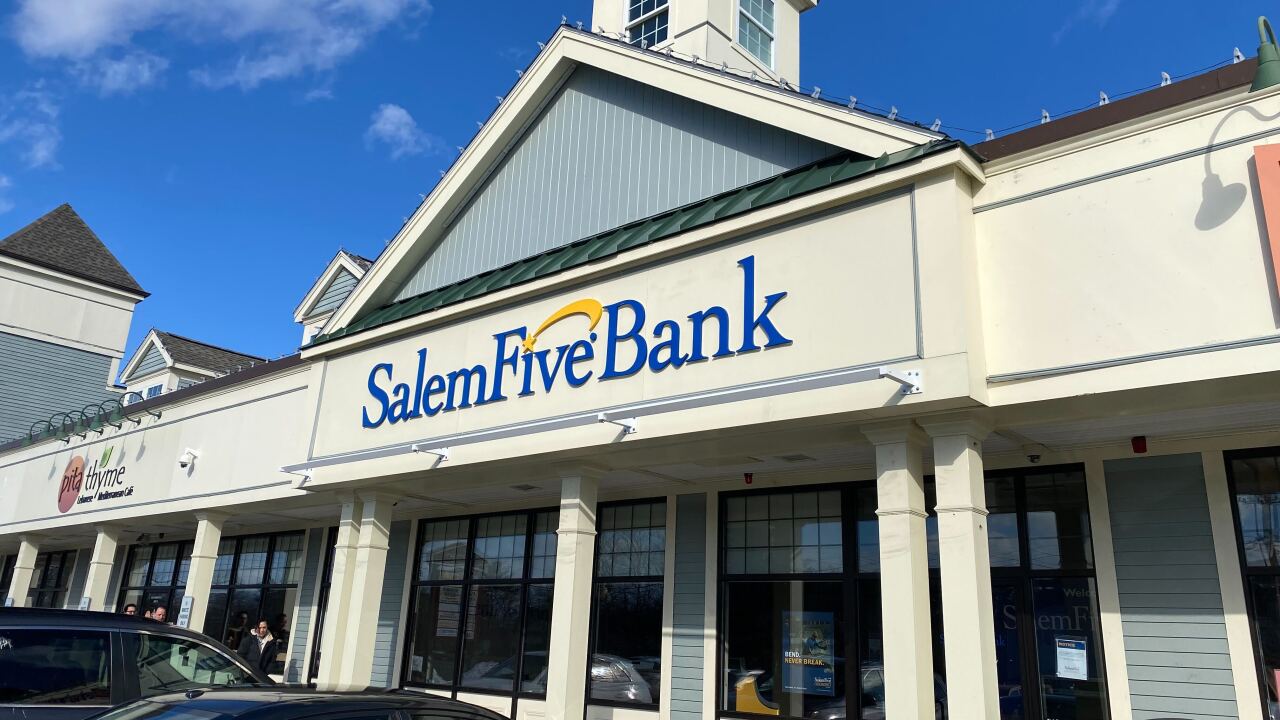A key Small Business Administration program is expected to run out of cash to fund new loans as early as Friday and will likely stay shut down until the new fiscal year begins Oct. 1.
Officials at the SBA and the National Association of Development Companies, a trade group representing nonprofit certified development companies, said loan volume in the 504 program has already exceeded last year’s record and is about to hit its congressionally authorized funding cap.
“From the information we’ve been looking at, there’s no question the program is going to reach its cap, the only question is exactly when,” Rhonda Pointon, NADCO’s president and CEO, said Monday in an interview. “Conservatively, based on the rate of approval by SBA over the last couple of months, we’re estimating that the regular 504 program could reach its congressionally authorized cap as soon as Sept. 3.”
The 504 program is the SBA’s second-largest program, the largest being the flagship 7(a) program. Unlike 7(a), which can be used for a wide variety of business purposes including working capital, 504 loans can be used only to finance what the SBA describes as fixed assets, typically commercial real estate or big-ticket equipment.
Through Aug. 20, the SBA reported 504 originations totaling $7.5 billion, well above the record $5.8 billion for the full 2020 fiscal year, leaving the program all but capped out.

It's an unprecedented situation, according to Pointon, and is hitting small-business owners at a “crucial time of recovery” from the coronavirus pandemic.
“I’ve been at NADCO since 2013 and we’ve never experienced this,” Pointon said.
The looming stoppage will force lenders to delay new 504 loans until the start of the 2022 fiscal year on Oct. 1, Patrick Kelley, the SBA's associate administrator for capital access, said Monday in an interview.
Kelley described the situation as “suboptimal,” but said that 504 lenders can continue to refinance borrowers’ debt under the more accommodating refinancing framework the SBA introduced at the end of July. The SBA has a separate $7.5 billion budget for 504 refinance activity.
Like 7(a) loans, 504 deals are backed by an SBA guarantee. However, the lending process is more complicated than with 7(a), under which banks or other lenders deal directly with borrowers, funding loans that the SBA guarantees. Under 504, a financial institution funds 50% of a loan in partnership with a certified development company, which provides 40%. The borrower is responsible for the final 10%.
The budget for new 504 lending has been set at $7.5 billion annually since the 2016 fiscal year. Given its more complex structure and restrictive usage rules, the program has never come close to reaching its ceiling before now, according to Pointon.
It’s no surprise the SBA programs, including 504, are seeing increased activity in the wake of the coronavirus pandemic, Kelley said, noting usage historically spikes after an economic downturn. “Certainly, last spring, April and May of 2020, would be recognized as a credit event,” Kelley said.
Demand for 504 loans has also risen because interest rates are at near-record lows and borrowers want to lock in low rates on the loans, which can extend for as long as 25 years.
“Combine that with the fact a borrower today does not need to pay the normal fees because of provisions in the Economic Aid Act, it makes for a pretty attractive environment,” Kelley added.
The Dec. 27 Economic Aid to Hard-Hit Small Businesses, Nonprofits and Venues Act suspended normal user fees on 7(a) and 504 loans through the 2021 fiscal year.
The act also mandated a number of changes to 504’s refinancing regulations, which the SBA implemented in an interim final rule issued July 29. The rule increases the amount of a loan borrowers can seek to refinance to 100%, up from 50%. It also allows borrowers to apply for refinancing as early as six months from the time they received the original loan, instead of two years afterwards. Finally, the rule eliminates a prohibition on refinancing government-guaranteed debt, allowing borrowers to convert 7(a) or U.S. Department of Agriculture credits to longer-term 504 loans.
“There’s been a huge demand for that longer-term loan product,” Renee Bender, NADCO’s vice president for governmental relations, said Monday.
NADCO has been pressing Congress to act to avoid a program stoppage and to consider increasing the authorization level for new loans to avoid a similar issue next year, Bender said.
“We think the program will continue to operate at this level. We don’t see a slowdown,” Bender said. “That is certainly part of the conversation. We want borrowers to be able to access the program, so what is a reasonable authorization level in fiscal year 2022 and beyond.”
Despite NADCO’s lobbying effort, a temporary stoppage of new loans looks inevitable now, Pointon said.
“We do not see a way" for a shutdown to be avoided "before we reach the cap,” Pointon said. “The Senate is in recess until the week of Sept. 13 and the House is out until Sept. 20. We will continue to work with Congress to address the cap when each body returns to session, but we feel strongly that the small businesses that deserve access to capital through the 504 program are going to be on hold.”
NADCO will continue pushing lawmakers for a fix, this year and in the 2022 fiscal year, Bender said.
“We won’t stop working with Congress to figure something out, and at the same time, we don’t want this to happen again,” Bender said.




